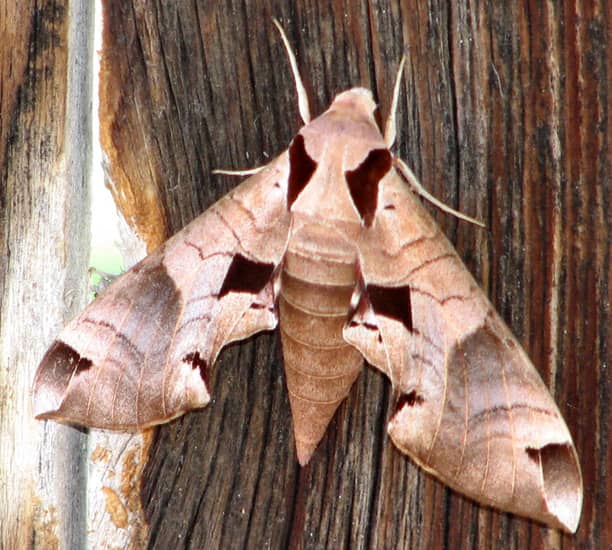
Smaller drones are of particular interest due to their potential for increased agility and mobility in smaller spaces and decreased visual detectability. These many applications, in addition to improvements in ease of use and a reduction in cost, have generated an increase in demand for these vehicles. These aircraft, colloquially referred to as “drones”, have a multitude of applications including aerial photography and videography, short-range communication, meteorology, transportation and delivery, surveillance and reconnaissance, and search and rescue. In recent years, there has been increased usage of miniature aircraft controlled remotely with semi-autonomous capabilities.

Plans to improve the technique for measuring efficiency are discussed as well as strategies to more closely mimic the efficiency of the Manduca sexta-inspired FWM. Results show progress, but they have not yet met the power efficiency of the naturally occurring Manduca sexta. In addition, it generates 1.3 gram-force of lift at a flapping frequency of 21.6 Hz. This FWM requires 402 mW of power to operate, amounting to a 48% power reduction when compared to a previous version. The new FWM weighs 1.2 grams without an actuator and wings attached, and its maximum dimensions are 21 × 24 × 11 mm. Moreover, the hardware, software, and experimental testing methods developed to measure the efficiency of insect-scale flapping-wing systems (i.e., the lift produced per unit of input power) are detailed.

This article describes a newly designed flapping-wing mechanism (FWM) inspired by the North American hawk moth, Manduca sexta. Core to the vehicle’s flight capabilities is the mechanism that drives the wings to produce thrust and lift. Flapping-wing micro air vehicles (FWMAVs) that mimic the flight capabilities of insects have been sought for decades.


 0 kommentar(er)
0 kommentar(er)
